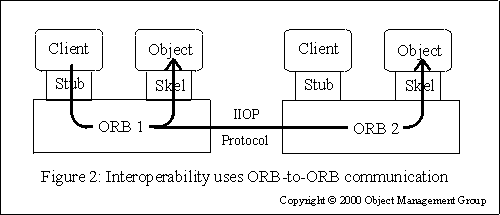PaaS and ADHD
We live in impatient times. 24 hour cable news, 140 character spurts of creativity, $1B companies created in less than 2 years by selling spa treatments at half off, LinkedIn has a valuation of $9B on $500M revenue and a new penchant for daily emails to remind us how relevant they are...
Michael Cote and Bob Warfield both wrote interesting articles this past week on the unfulfilled promise of PaaS - "Touted at the next thing in cloud, Platform as a Service is receiving much attention now. While PaaS has been far from a failure, it hasn’t been a mega success…yet." and "There’s been plenty of time for PaaS to get big, but it is kind of lumbering along."
Perhaps people forget that Salesforce is over 10 years old. I bought my stock in them in 2004 at $17 per share. It took 7 years to reach $154... All good things really don't always happen overnight...
When we think of PaaS, we think about the next generation of middleware. This is a business that Gartner puts at $16B per year, and the Java segment at $3B. It is a business that does not shift quickly.
The reason is several-fold:
- The Develop - Build - Test - Deploy - Manage cycle is a long one that has huge, multi-layered investments that are difficult to change quickly. Lots of people, lots of tech, lots of moving pieces.
- It takes time for a new project to select a new methodology and get their apps to production.
- It takes time for a new app to get traction. One of the mobile apps that uses CloudBees took 2 years to go from no users to several million doing 10,000+ transactions per minute.
- Vendors need time not only to find the right feature set, but to get difficult middleware technology things like transactions, messaging, failover, replication and more right. Not to mention the new demands of multi-tenancy and hyper-scalability and virtualization. Not as sexy as Farmville, but important foundations for real business apps.
For those of us in the app server business in the 90's, we remember before Oracle and IBM really entered the
market. We remember a bunch of small companies like NetDynamics, Bluestone, WebLogic, Kiva starting the market in 1995 and real maturity did not happen until 2000. The second wave in app servers of open source and more agile development followed a similar path. JBoss took 5 years to get to a $25M run-rate, and it was considered a very fast growth company. Spring had similar metrics and experience.
CloudBees and eXo see the PaaS market as something that will take time to develop.
We see the cycle as being something akin to the experience we had at JBoss. First a few (cutting edge) developers try out PaaS. Then they develop a few small apps and use it for Test purposes. Then a few apps sneak into production. Someone in the business notices she can do it quicker this way. Then the investment starts to become strategic - delivering significant cost and time to market advantages.
Those same cutting edge developers are starting to play with PaaS now. The writing is clearly on the wall in terms of career futures for Java developers...
Sure, it is taking time for the example Heroku set in the Ruby marketplace to be understood by the enterprise and Java folks, but the wake-up call has happened. It is clear that PaaS will displace App Servers and infrastructure virtualization needs for at least web apps over time. The long term advantages of cost,

flexibility and speed of change will win out as they have in previous cycles.
Patience, my friends!

Comments